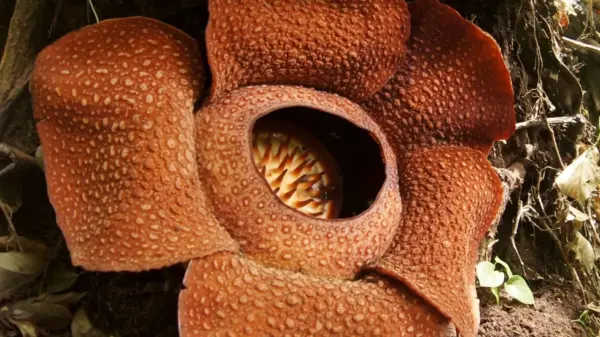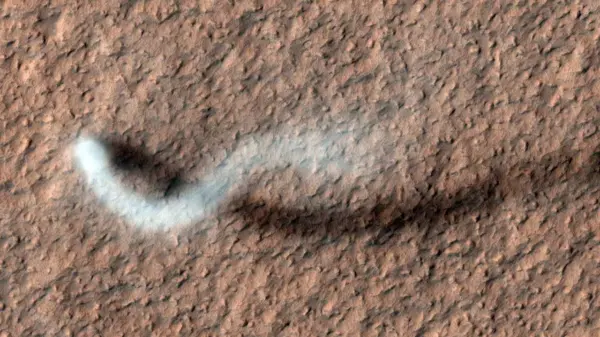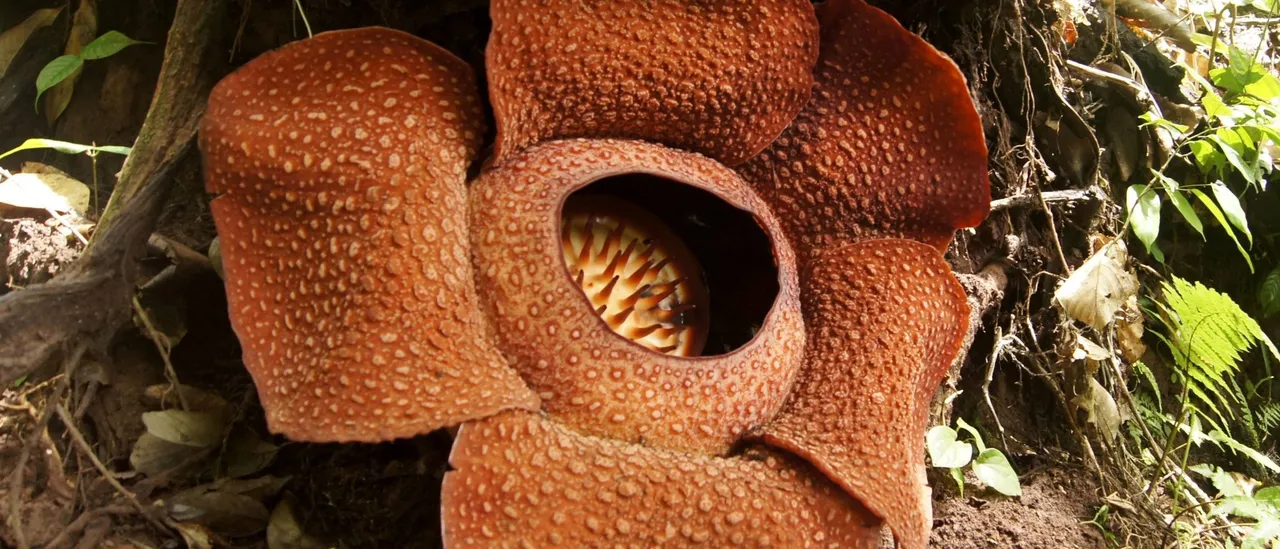In a remarkable achievement, a team of researchers, including Indonesian conservationist Septian Andriki, discovered the rare Rafflesia hasseltii flower in the dense rainforests of Sumatra after a 13-year search. The moment was particularly emotional for Andriki, who was visibly moved upon witnessing the flower bloom, an experience he described as overwhelming.
The team’s journey, which lasted nearly 24 hours, took them through a jungle known for its tiger population. This perilous trek was prompted by a tip from a local ranger, leading them to one of the world’s rarest plants. Andriki expressed his profound relief and joy, stating, “After 13 years, a 23-hour journey, risking tiger attacks, nearly dead phone batteries, I couldn’t talk. I just cried.” His reaction was captured on video by Chris Thorogood, deputy director of the University of Oxford Botanic Garden, and the footage quickly gained attention online.
Significance of the Discovery
The Rafflesia hasseltii is not only a botanical marvel but also part of a group of plants commonly known as “corpse lilies,” due to their distinctive odor reminiscent of decaying flesh. This species can grow to an impressive size, with blooms reaching up to 3.3 feet in diameter and weighing more than 13 pounds. The rarity of these flowers makes their sighting in the wild an extraordinary event, as no known individual had observed this species for over a decade.
There are numerous species within the Rafflesia genus, but Rafflesia hasseltii stands out due to its infrequency in blooming. The team’s successful expedition not only marks a significant milestone in botanical research but also highlights the importance of conservation efforts in Indonesia’s rich biodiversity.
Impact on Conservation Efforts
This discovery serves as a reminder of the fragile ecosystems in which these unique plants exist. With increasing threats from deforestation and habitat loss, the commitment of individuals like Andriki and Thorogood is crucial for the preservation of such rare species. Their journey through the Sumatran jungle not only underscores the challenges faced by conservationists but also inspires future expeditions aimed at uncovering the hidden wonders of the natural world.
As the momentous discovery continues to resonate within the scientific community, it raises awareness about the importance of protecting vulnerable species and their habitats. The emotional response from the team encapsulates the dedication and passion of those committed to preserving Earth’s natural heritage.




































































